If there’s one vegetable beloved across the world for its versatility and comfort-food status, it’s the potato. From crispy fries to creamy mashed potatoes, this humble tuber has earned its place in home kitchens everywhere. And the good news? You don’t need a sprawling farm to grow your own! With so many potato varieties available, gardeners can enjoy an array of flavors, textures, and colors right from their backyard or containers.
In this article, let’s explore 9 fantastic potato plants you can grow at home for a steady supply of starchy treats.

1. Yukon Gold
Yukon Gold is a classic, all-purpose potato known for its buttery, golden-yellow flesh and thin, smooth skin. It’s perfect for everything from roasting to mashing, thanks to its creamy texture and rich flavor. This variety matures in about 70-90 days and thrives in well-drained, fertile soil with plenty of sunlight. It’s a favorite among home gardeners for its reliable harvests and excellent storage capability. Yukon Gold also resists common potato diseases, making it a low-maintenance, rewarding choice.
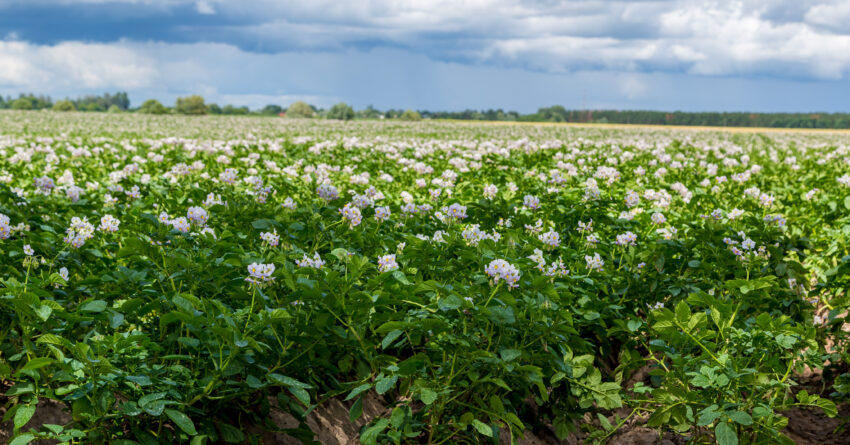
2. Russet Burbank
The most popular baking potato in the United States, Russet Burbank produces large, oblong tubers with thick, brown skin and fluffy, starchy flesh. Ideal for baking, frying, and making French fries, this variety requires a long growing season of about 120 days. It thrives in loose, sandy soil with good drainage and benefits from hilling to protect developing tubers. While it’s a bit more demanding than some other varieties, its high yields and excellent cooking properties make it worth the effort.
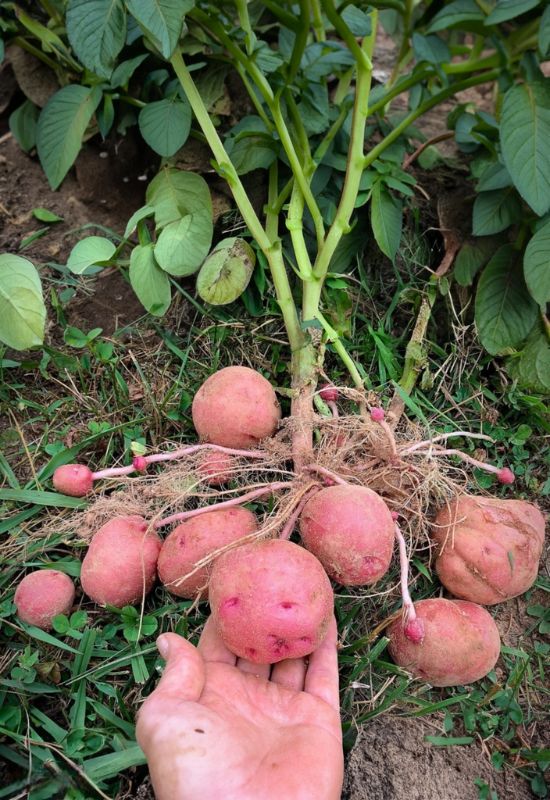
3. Red Pontiac
Red Pontiac is a garden favorite for its smooth, red skin and white, tender flesh. It’s an early-to-mid season variety, ready in about 80-100 days, and is particularly well-suited for boiling, roasting, and potato salads. The plants are productive and easy to grow, tolerating a range of soil types. Red Pontiac’s vibrant color and sweet flavor make it a standout addition to both vegetable gardens and dinner plates. It’s also an excellent variety for container gardening.

4. Purple Majesty
For something a little different, try Purple Majesty — a striking potato with deep purple skin and flesh. Not only does it add dramatic color to your meals, but it’s also rich in antioxidants. This mid-season variety is perfect for roasting, baking, or frying and retains much of its color when cooked. It matures in about 85-100 days and thrives in well-drained, sandy soil. Gardeners appreciate its unique appearance, decent yields, and health benefits.
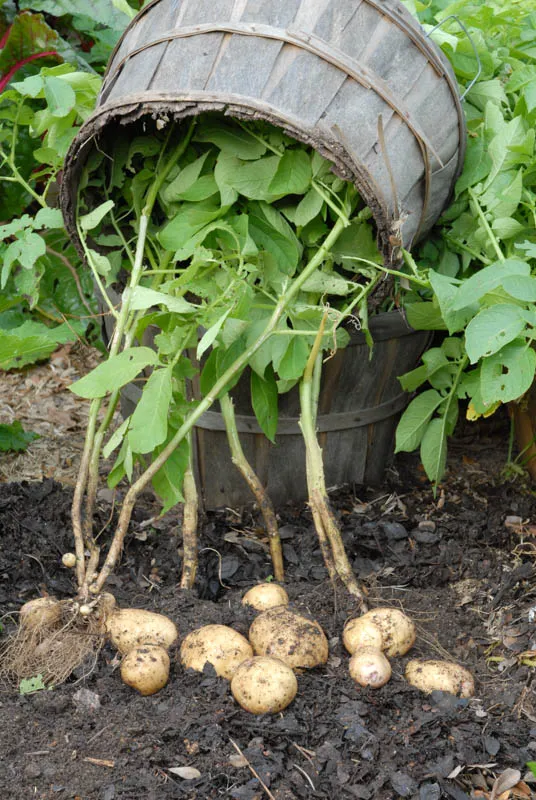
5. Kennebec
Kennebec is a high-yielding, versatile white potato known for its smooth, pale skin and firm flesh. It’s popular among gardeners and chefs alike for its adaptability — great for frying, baking, boiling, and making chips. This mid-season variety matures in about 90 days and is disease-resistant, especially against blight and scab. It grows well in various soil types and produces large, uniform tubers. Kennebec’s outstanding flavor and versatility make it a staple in many home gardens.
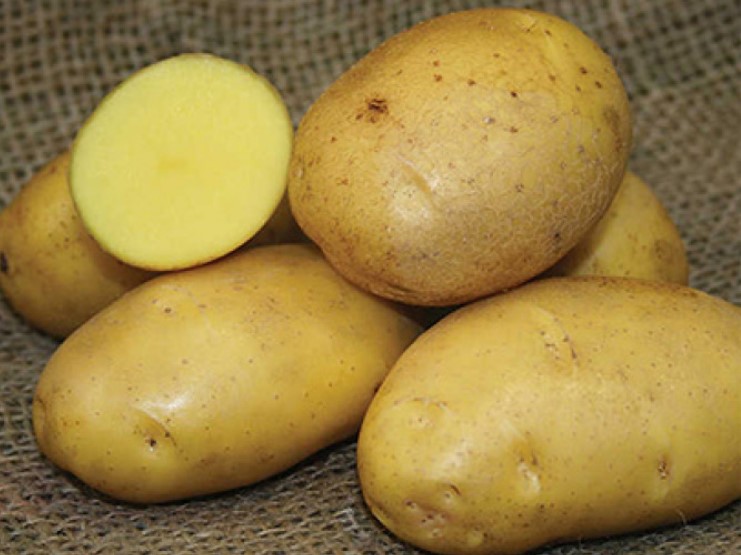
6. German Butterball
A gourmet favorite, German Butterball is a golden-fleshed potato with a rich, buttery flavor and thin, delicate skin. Perfect for roasting, mashing, or adding to soups, this heirloom variety matures in about 100 days. It’s known for its excellent storage properties and resistance to common potato diseases. German Butterball thrives in well-drained, fertile soil and benefits from consistent moisture throughout the growing season. Its creamy texture and superb taste make it a cherished addition to homegrown harvests.
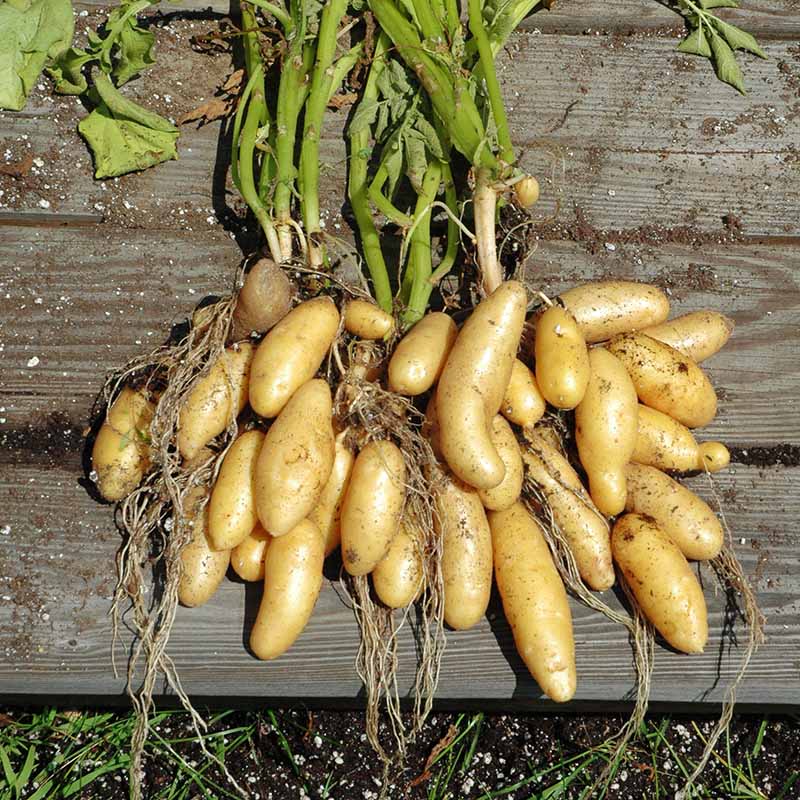
7. Fingerling Potatoes (Russian Banana)
Russian Banana is one of the most well-known fingerling potato varieties, prized for its slender, banana-shaped tubers and waxy, yellow flesh. It’s a favorite for roasting and salads due to its firm texture and nutty flavor. This mid-season potato matures in about 90-100 days and grows well in containers or garden beds with loose, well-drained soil. Fingerlings are ideal for small spaces and yield clusters of small, flavorful potatoes that store well and cook beautifully.

8. Desiree
Desiree is a high-yielding red-skinned potato with creamy yellow flesh, known for its versatility in the kitchen. It’s excellent for boiling, baking, frying, and mashing, making it a popular choice for home cooks. This mid-to-late season variety matures in about 100-110 days and resists common potato diseases like blight and scab. It grows well in various soils and climates, making it suitable for a wide range of gardeners. Its reliable performance and rich flavor make it a go-to staple.
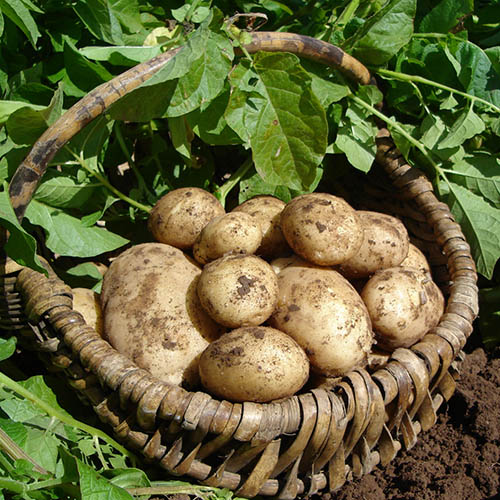
9. Maris Piper
A British favorite, Maris Piper is known for its fluffy texture, making it perfect for crispy roast potatoes, chips, and mash. It produces large, oval tubers with creamy white flesh and light skin. This mid-to-late season potato takes about 110-120 days to mature and performs best in loose, nutrient-rich soil with good drainage. It’s disease-resistant and highly productive, making it a favorite in both home gardens and commercial farms. If you love crunchy roasties or golden fries, Maris Piper won’t disappoint.
Final Thoughts
Growing your own potatoes at home is a satisfying and surprisingly easy gardening project, even for beginners. With so many flavorful and unique varieties to choose from, you can enjoy a diverse harvest of colors, textures, and tastes. Whether you’re aiming for classic baked spuds, vibrant purple mash, or crispy homemade chips, there’s a potato plant perfect for your garden.
Pro Tip: Don’t forget to rotate your potato crops each year to avoid soil-borne diseases and improve yields.
Would you like a step-by-step planting and care guide for these potato varieties too? I’d be happy to draft one up for you!

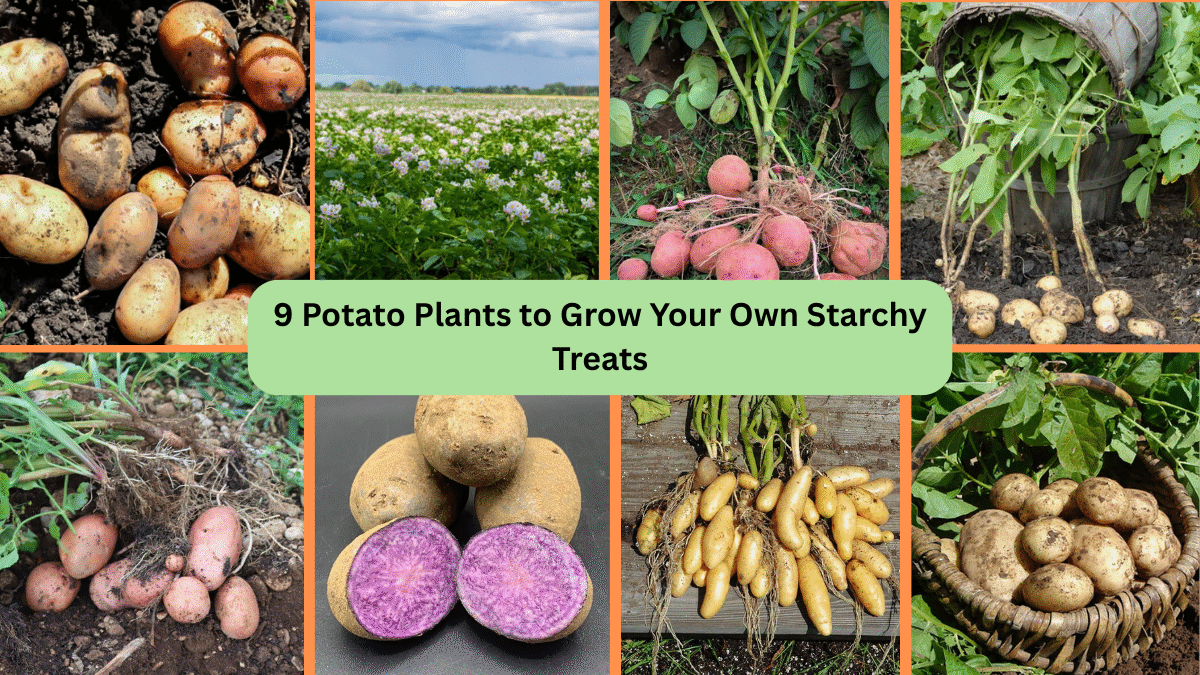



Leave A Comment